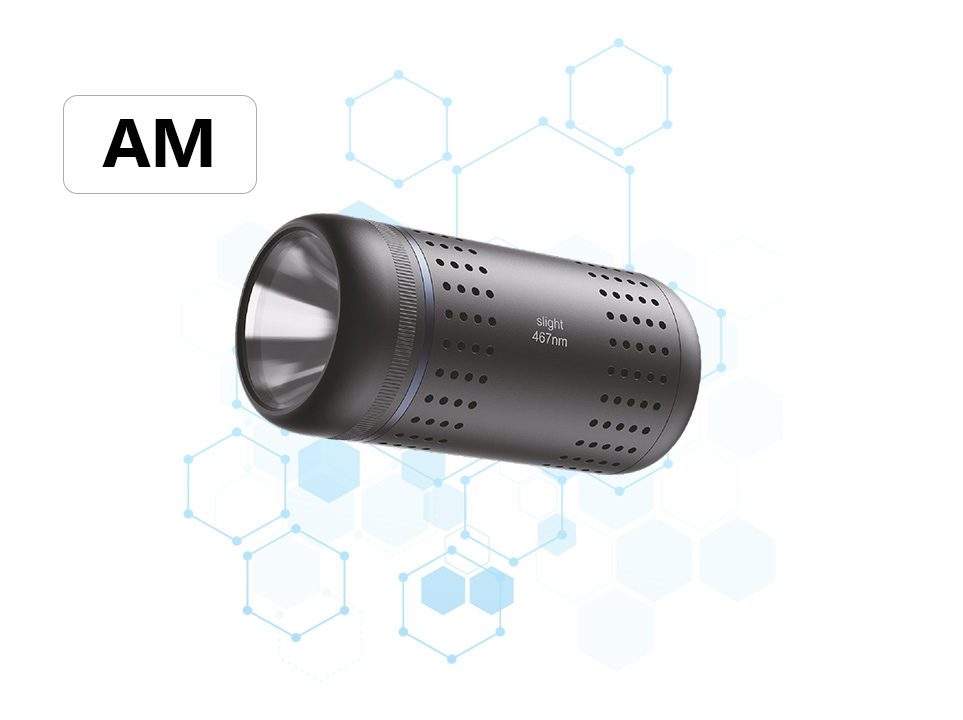Selection of reaction conditions for photocatalytic reactors?
In the realm of environmental science and green technology, photocatalytic reactors have emerged as powerful tools for addressing various pollution issues and promoting sustainable processes. These reactors harness the energy of light to catalyze chemical reactions, often leading to the decomposition of harmful compounds into harmless or less harmful substances. However, the effectiveness of photocatalytic reactors heavily relies on the meticulous selection of reaction conditions. This article delves into the critical factors that influence the performance of photocatalytic reactors and provides practical guidance for optimizing these conditions to enhance overall efficiency.
1. Understanding the Basics of Photocatalysis
Photocatalysis involves the acceleration of a chemical reaction by light in the presence of a catalyst. Typically, semiconductor materials like titanium dioxide (TiO2) are used as photocatalysts. When illuminated with light of sufficient energy, these materials absorb photons, exciting electrons from the valence band to the conduction band, thus creating electron-hole pairs. These pairs are highly reactive and can initiate redox reactions, leading to the decomposition of pollutants.
2. Choosing the Right Photocatalyst
The first step in optimizing reaction conditions for photocatalytic reactors is selecting an appropriate photocatalyst. Factors such as band gap energy, stability, cost, and toxicity play crucial roles. TiO2 is a popular choice due to its low cost, non-toxicity, and high stability. However, recent research has explored alternative photocatalysts with narrower band gaps, such as graphitic carbon nitride and doped TiO2, to enhance visible light absorption and reaction rates.
3. Light Source Considerations
The type and intensity of the light source significantly impact the performance of photocatalytic reactors. UV light is commonly used because it matches the band gap energy of many photocatalysts like TiO2. However, visible light-responsive photocatalysts are gaining traction to broaden the spectrum of utilization and improve energy efficiency. The intensity of the light source should be sufficient to generate a high density of electron-hole pairs without causing photodegradation of the catalyst.
4. Reactor Design and Configuration
Reactor design is another critical aspect. Batch reactors, flow reactors, and annular reactors are among the various configurations available. Batch reactors are simple but may suffer from mass transfer limitations. Flow reactors, on the other hand, provide better mixing and mass transfer, making them suitable for continuous operations. Annular reactors can offer high light utilization efficiency due to their geometry, which maximizes photon exposure to the catalyst surface.
5. Temperature and Pressure Control
Temperature and pressure conditions within the reactor can also affect the photocatalytic process. Generally, moderate temperatures are favorable to maintain catalyst activity and prevent side reactions. Pressure control is particularly important in gas-phase reactions, where adjusting the pressure can influence mass transfer rates and reaction kinetics.
6. Solvent and Reactant Concentration
The choice of solvent and the concentration of reactants can significantly influence the reaction rate and selectivity. Solvents should be transparent to the light source used and should not compete with reactants for photon absorption. Reactant concentration should be optimized to balance between reaction rate and mass transfer limitations. Excessively high concentrations can lead to shading effects, reducing light penetration and catalyst efficiency.
Conclusion
The selection of reaction conditions for photocatalytic reactors is a multifaceted process involving careful consideration of photocatalyst choice, light source, reactor design, temperature and pressure control, solvent and reactant concentration, and continuous monitoring. By understanding and optimizing these factors, researchers and engineers can significantly enhance the efficiency and effectiveness of photocatalytic reactors, contributing to a cleaner and more sustainable future.





